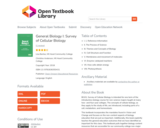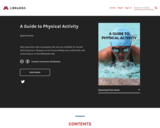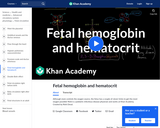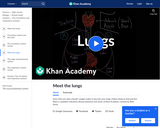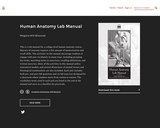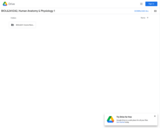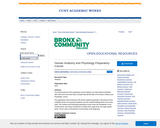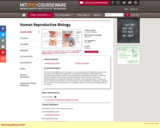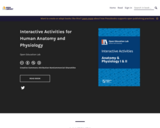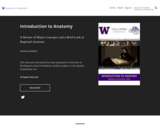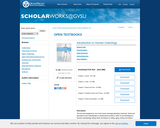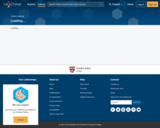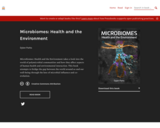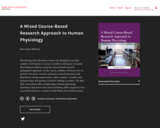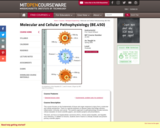Preface
We developed the first edition of this Anatomy and Physiology textbook in 2020, shortly after the COVID-19 Pandemic began. Reducing the costs of study materials would help rising Speech-Language Pathologists (SLPs) progress toward their certification without interruptions due to financial setbacks. Developing the Open Education Resource (OER) Anatomy and Physiology textbook was our first step in an ongoing effort to support future SLPs.
A large part of this book derived from various OpenStax textbook series. OpenStax is a nonprofit organization based out of Rice University in Houston, Texas. Its open resource textbooks cover a vast amount of information for two-semester core curriculum courses in various disciplines. OpenStax generously permits educators to use their books' content in part or in whole to develop textbooks customized for each instructor's course structure. The present textbook's OpenStax content is color-coded in black ink. Additional information concerning communication sciences and disorders appears in blue ink. The original OpenStax texts are accessible free of charge at https://openstax.org/subjects. This textbook includes applicable content from the OpenStax books Anatomy and Physiology, Psychology, and Biology for AP® Course.
This textbook contains various images produced by the third author, renowned Dr. Willard R. Zemlin (1929-1998), with permission. Dr. Zemlin was one of the most influential scholars in anatomy and physiology concerning communication sciences and disorders. Dr. Zemlin's son, Mr. Karl Zemlin, kindly sharpened numerous images for this book to provide high-resolution pictures. At Mr. Zemlin's suggestion, Dr. Zemlin is included as a co-author of this edition. Mr. Zemlin expressed his appreciation for the generosity of those who donated their bodies to science throughout his father's studies. A comprehensive collection of Dr. Zemlin's work is accessible at his memorial website http://zemlin.shs.uiuc.edu/zemlinBio.htm of which Mr. Zemlin is the webmaster.
The current edition also incorporates additional images from Wiki Common. Wiki Common offers various information under Creative Common (CC) licenses, allowing the use and remix of the materials. This textbook would not have been possible without the contributions of OpenStax, Mr. Karl Zemlin, and generous providers of Wiki Common resources. We sincerely appreciate their generosity. Also, the authors would like to acknowledge the assistance of the students who used the initial edition of this book last year. They provided valuable comments from the learners’ point of view for refining the content. We have made this textbook available for our future colleagues to gain entry-level scientific knowledge applicable for serving individuals with communication disorders.
June S. Levitt, Ph.D., LDT, CCC-SLP
Sarah L. Guigneaux, M.S., CCC-SLP
Willard R. Zemlin, Ph.D.
May 2021
Contact: OpenResource2020@gmail.com
